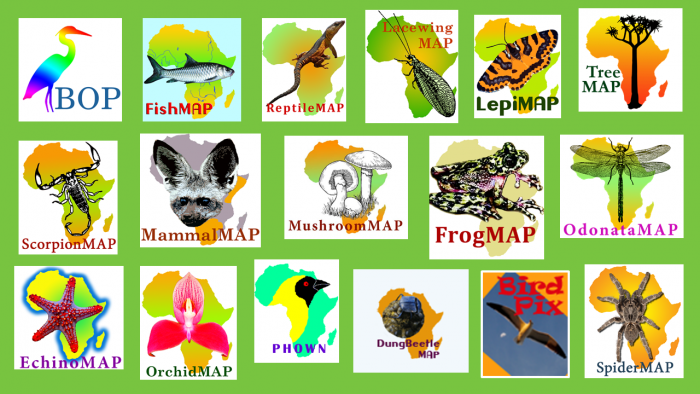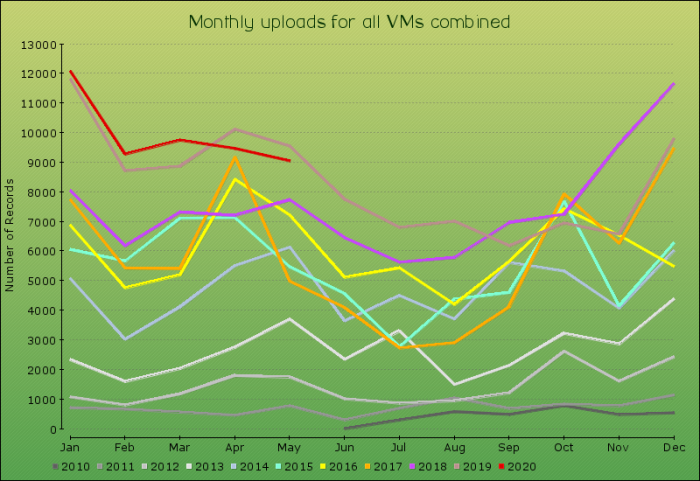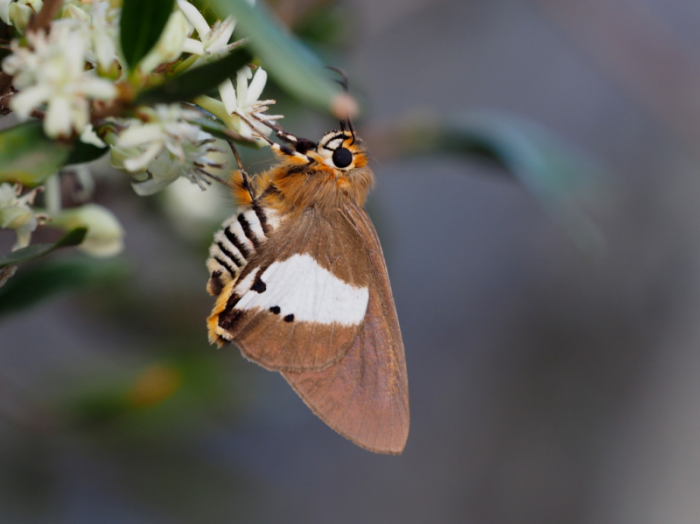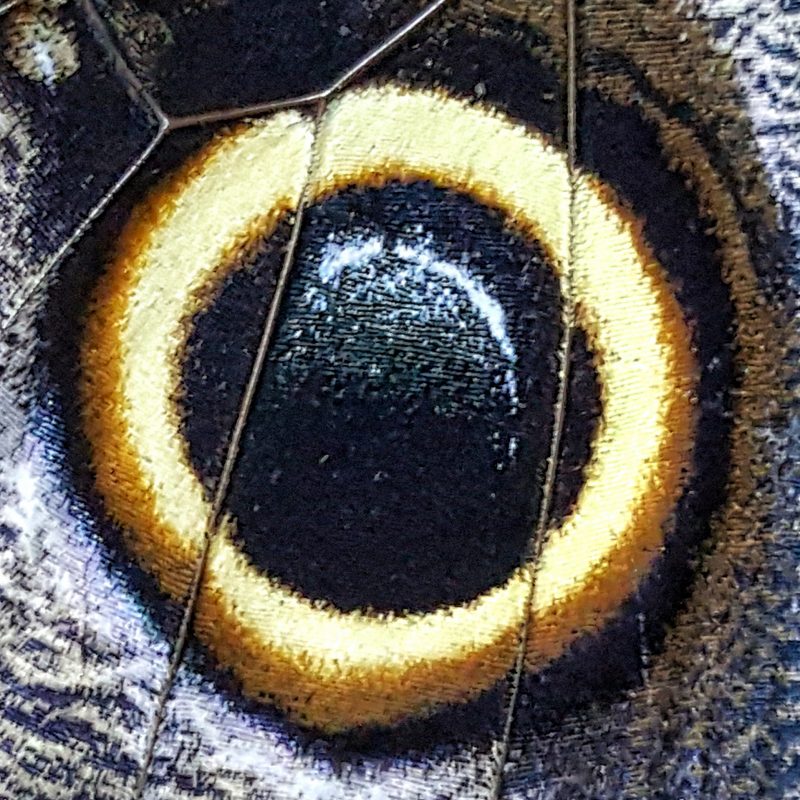It has been more than 60 days since lockdown began here in South Africa, but that has not stopped citizen scientists from biomapping! We have been overwhelmed by the determination and enthusiasm shown by citizen scientists across the country. Biodiversity data poured into the Virtual Museum as biomappers refused to let their love and passion for nature wane in the face of lockdown. Citizen scientists turned their mapping efforts to the confines of their homes and gardens (and even the blue skies up above!) and just kept on biomapping. Well done!
Coming soon: BDI BioBashes
As citizen scientists, the long lockdown has turned us into tightly coiled springs in a clockwork engine, bursting to unleash our stored up energy on biodiversity projects. The BDI will try to provide constructive outlets for this enthusiasm.

As soon as we can travel a bit more easily, we will try to arrange BioBashes. We are in contact with several suitable places from the perspective of accommodation and meals. Each day we travel out independently to places where data needs are greatest. We will interact in ways deemed appropriate.
We are currently doing the groundwork for several BioBashes. These are broad plans which have no dates attached. Once we have the go ahead to move more freely, we will do our utmost to schedule events rapidly. Watch this space.
The first of these BioBashes will almost certainly be at the Karoo Gariep Nature Reserve, near Hanover in the Northern Cape. This is where we held the BDI Citizen Science Conference in February. It is a place we know well. As coordinators of the event, we can visualize how to keep safe there. See http://thebdi.org/2020/02/29/bdinsight-february-2020/ for a report on the conference in February.
The Karoo Gariep Nature Reserve is exactly halfway between Cape Town and Johannesburg. If you have a permit to travel, and this is a useful place at which to break your journey overnight, do contact PC Ferreira at info@karoogariep.co.za, or cell 082 567 9211 and find out if he can help you.
Virtual Museum News
Up-to-date distribution maps are critical for conservation decision-making. We have all done our best during the lockdown to maintain the momentum of map building with the Virtual Museum. So it is awesome that, with five days left in May, we are at SecondBestMay. The RED dot for May only has one more line to cross to achieve BestMay.

BestMay is just 490 records away. It is still achievable, with some dedicated effort! If you have any records to send in, please upload them by Sunday 31 May 2020.
We are so close to BestMay, let’s bust a gut to get there. It is all about the “power of small numbers”. This is a power you witness regularly at the supermarket. A basketful of small items totals up to a surprisingly large amount! If we can all submit a few records, we can easily achieve BestMay.
BestMonthEver for LepiMAP
LepiMAP has had its BestMonthEver during the lockdown in April. That is amazing. We asked Fanie Rautenbach, the member of the expert panel who does almost all the formal identifications of butterflies to suggest records which he thought were especially interesting.

Fanie is an organic chemist, a researcher at the Cape Peninsula University of Technology. His research area is the chemistry of rooibos tea, especially its health value as an antioxidant. Here’s an article in the Health SA, which you can download, and there is a whole bunch of “full-text available” papers in his profile on Researchgate. It is fascinating. But what we are celebrating now is the contribution Fanie has made to LepiMAP. He has done 88,189 identifications in LepiMAP! He is also a big contributor to the rest of the Virtual Museum. We asked Fanie to select a few interesting records of butterflies submitted during Lockdown April. Read the full report here.

